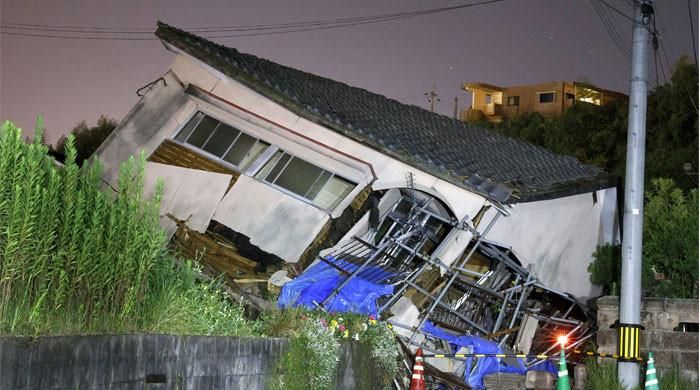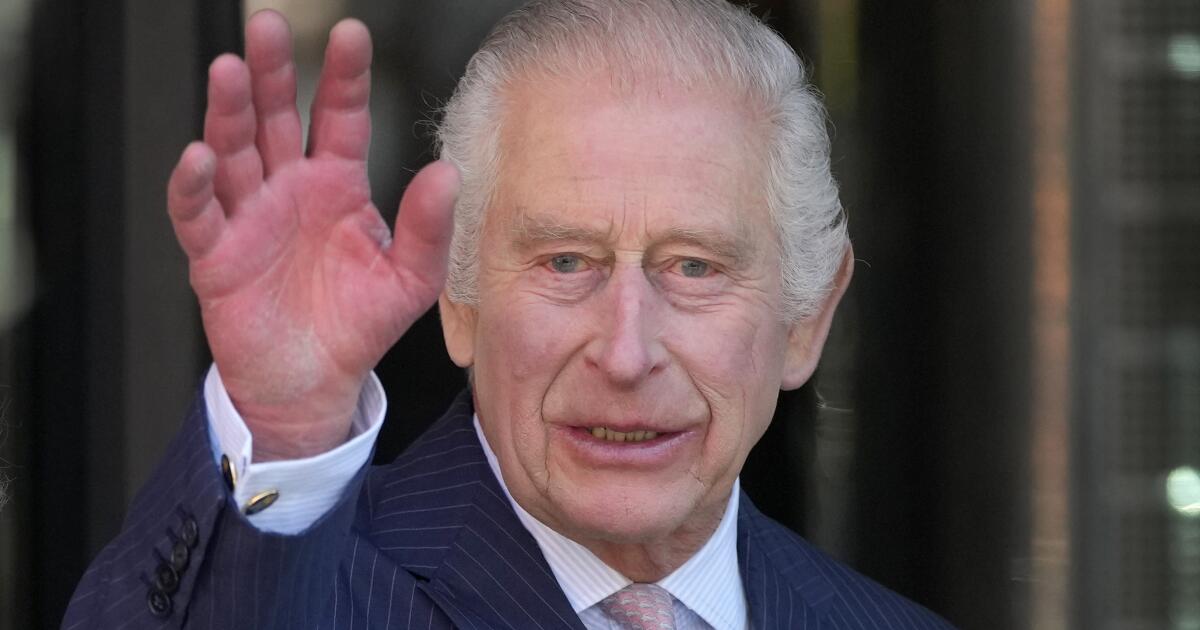The Japanese government told residents on Thursday that their lives could now “return to normal” after lifting a week-long warning that a “megaquake” could potentially cause colossal damage and loss of life.
Thousands of Japanese have cancelled holiday plans and stocked up on essential goods after warnings that such a disaster could hit the archipelago, home to 125 million people. AFP reported.
“As no abnormalities were detected in seismic activity or crustal deformation, the special warning was ended at 17:00 (08:00 GMT),” said Disaster Management Minister Yoshifumi Matsumura.
“But that doesn't mean the risk (of a major earthquake) has been eliminated,” Matsumura told reporters.
“We have asked for special precautions, such as sleeping while preparing to evacuate immediately, but we will no longer ask for such measures and the Japanese people are free to return to their normal lifestyle.”
Japan's meteorological agency had reported a “higher than normal” chance of a megathrust earthquake on Thursday following a magnitude 7.1 tremor that injured 15 people earlier in the day.
Last week's quake is known as a subduction megathrust earthquake, which has previously occurred in pairs and can trigger massive tsunamis.
The warning referred to the Nankai Trough, located between two tectonic plates in the Pacific Ocean.
The 800-kilometer underwater canal runs parallel to Japan's Pacific coast, including the Tokyo region, the world's largest urban area and home to around 40 million people.
In 1707, all segments of the Nankai Depression ruptured at once, unleashing an earthquake that remains the second most powerful on record in the country and also triggered the last eruption of Mount Fuji.












